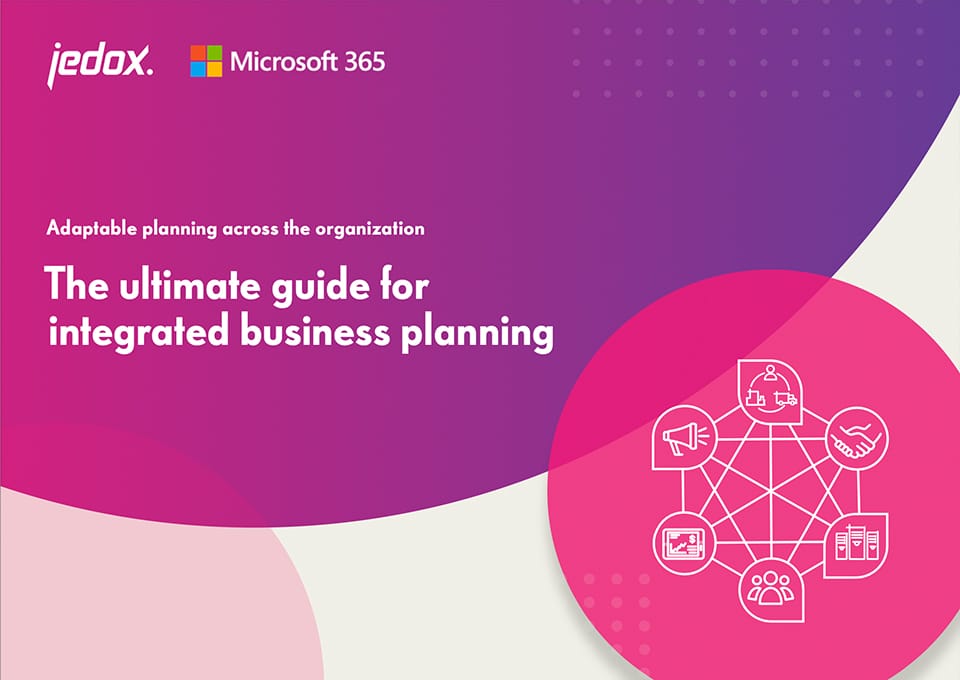
Reporting and analysis – Decisive for corporate success
Reports and analytical assessments that answer relevant business questions serve as the foundation for companies to make fact-based decisions about their path forward. They help companies grow and increase profit and value. Reporting delivers mission-critical information and raises important questions. Analysis supports developing answers to these questions and offers direct recommendations for a course of action.
What is reporting and analysis?
Reporting and analysis are both integral components of corporate management and have a significant influence on the success of a company. Although reporting and analysis are connected, they utilize completely different approaches and deliver different output.
Reporting
Reporting is a classic part of Controlling and the Office of the CFO. This includes the processing and dissemination of information relating to the company or its environment. This information is processed in the form of reports using appropriate software solutions.
Analysis
In contrast to reporting, analysis is more concerned with the actual corporate goals. It describes the process of examining data and reports to gain meaningful insights that can be used to better understand and improve business performance.
Why is reporting and analysis so important?
From finance data, sales figures to product information to personnel data, different departments need completely different data for their daily work.
Reporting has always been used by companies to monitor data. Measuring the success of operational activities and projects is an important task for every department. Key Performance Indicators (KPI) help make the degree of efficiency and effectiveness more visible. The results range from regular monitoring and standard reports to interactive dashboards.
Analyses explain the “why” in a dynamic way. The analytical evaluation interprets the data provided by the reporting on a deeper level. So, while reporting can link different data channels, enable comparisons and facilitate understanding of information, analysis interprets that information and recommends a course of action.
From automated processes to concrete recommendations
Reporting typically involves repetitive tasks related to data entry of vast amounts of information. Automating these processes can significantly improve day-to-day activities for a company.
Analysis requires a more individual approach that combines the skills of someone such as a data analyst with analytical processes. It is about gaining insight to deliver efficient steps to achieve a specified goal.
This is a key reason why data analysts are in high demand because companies of all sizes need to be able to make recommendations to management on what direction to take their business.
The Push and Pull Effects of Reporting and Analysis
Reporting and analysis create a push and pull effect on the process due to their functionality.
Reporting follows a “push” methodology, as information is pushed (sent) to users and output takes the form of predefined reports and dashboards.
Summarized data forms the basis of a report. Users must be able to rely on all relevant data being available. The appearance of a report is just as important as its content. Ideally, the visual representation concentrates on the essentials and offers the possibility for standardization.
Reporting includes creating, configuring, consolidating, organizing, formatting and summarizing.
Analysis is based on a “pull” methodology in which a data analyst uses information to further investigate and answer business questions.
Results can take the form of ad hoc responses and analysis presentations. These analytical assessments include recommended actions and a forecast of the company’s impact – all in a language that is easy to understand. A meaningful analysis reveals the company’s value and differs significantly from standard reporting.
Analysis includes questioning, investigating, interpreting, comparing, and confirming. Tools such as Artificial Intelligence and Machine Learning can be used to provide predictions as well.
Reporting and analysis using self-service solutions
With modern self-service solutions, the data for reporting and analysis can be defined and designed independently – an invaluable advantage for specialist departments all the way up to management level.
Self-service solutions relieve the burden on controllers in day-to-day Financial Planning and Analysis (FP&A) processes business, as the data is collected and checked automatically. Instead, they can shift their focus to strategy and analysis.
Displaying data in clear and intuitive dashboards as well as preparing easy-to-understand reports gives users more confidence in the foundation on which they’re basing their decisions.
Advantages of a modern self-service reporting solution
- uniform database
- improved communication
- higher reliability
- Faster completion and analysis times





